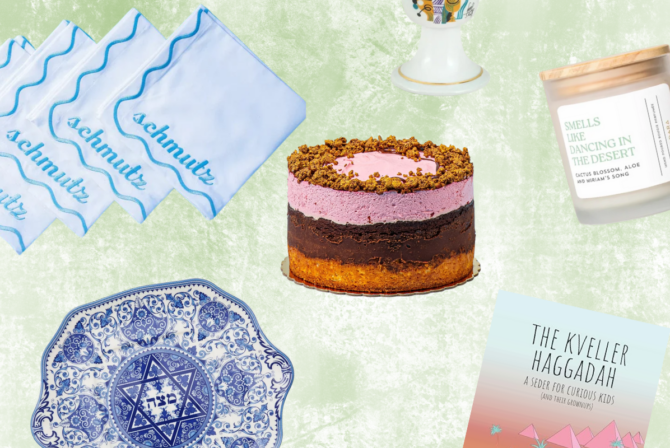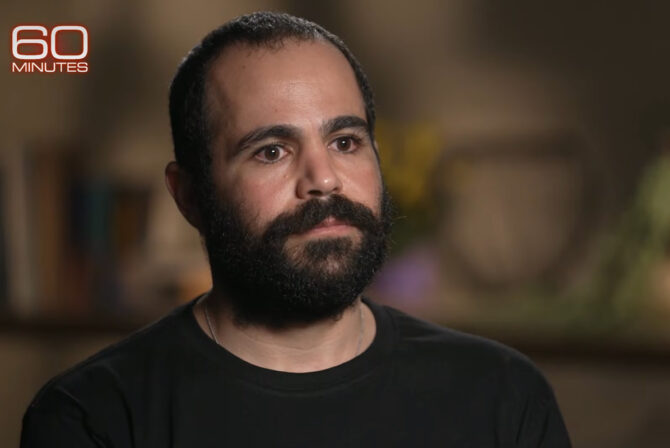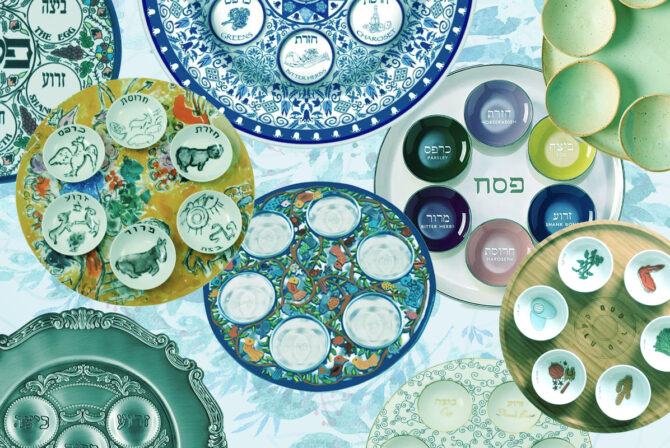After having donor-conceived children, many curiosities follow. They range from small curiosities like, “Where did they get that chin?” to larger ones, like, “Does alopecia run in the donor’s family?”
But one of the biggest questions that plagued me after my first child was born was, “Are there more kids?”
And then, one day in 2011, I looked at my 7-month-old son and my curiosity got the best of me. I typed the word “donor” into a search engine, followed by the unique donor code that was assigned to my specific donor. I clicked on a link, “Donor Sibling Registry,” and immediately found two families listed who also had children in the past year.
Like me, they were looking for answers, and after writing letters and trading photos with these moms, so many “blanks” were filled in. Their beautiful babies, like mine, also had tongue ties and trouble breastfeeding. Their chins matched my son’s chin. Their babies and my baby all had giant, kissable cheeks that almost hung like jowls. There was no denying it: Those children were biological siblings to my child.
At the time, the Donor Sibling Registry was in its infancy. But over the next seven years, we were contacted by more families. We made friendships and connections all over the United States and the world. Eventually, our little family of three grew into a family of six — and our extended family burst into a tribe consisting of 27 donor-siblings and 28 mothers.
As of this writing, my four children have 23 donor-siblings — we like to call them “diblings” — who live in New York, Texas, California, Massachusetts, South Carolina, and New Jersey, as well as Canada, England and New Zealand. They range in age from newborns to 9 years old. They have different passions such as theater, sports, and art, and they represent different faiths and ethnicities. The diversity is incredible — and, since we live in a town in which being Jewish is a minority, it has also been wonderful for my kids to have a few additional Jewish diblings, too. As a group, we’ve done “Secret Santas,” by mail, sent a “Flat Stanley” book from family to family, and there were occasional get-togethers for those who lived near one another.
And while people use donors for many different reasons, by coincidence all of the adults in our dibling family are women — we are entirely populated by queer parents and single mothers by choice. We are all complete strangers whose children happen to be brothers and sisters. Our donor brought us together, but our children and our friendships keep us together.
Our giant group of moms represent different generations, nationalities, parenting styles and lifestyles — but incredibly, we all became fast friends. We created a private group on Facebook where we share pictures and stories. We ask each other advice, and share recommendations. This group gave us a place to find support in an atypical family.
But while technology allowed us moms to bond, joke, and build each other up, there was still something missing. We realized that most of the children still did not really know very much about each other — they all had an enormous team of siblings that they had never met. So we decided to arrange a family reunion.
After months and months of planning, in the fall of 2018, 20 of these children and 23 parents came together for a very special and unforgettable weekend in Long Beach, New York. We rented a house with another couple and their 2-year-old dibling from South Carolina; though we had never in person, we immediately felt like family — the love I felt for their son seemed as though I was related to him.
Other families not from the area stayed at the residences of local diblings and, finally, we were all together — families who travelled across borders, across oceans, across states, and some from across the street. We moms stood in a circle and laughed together and hugged each other and joked about our strange but amazing situation. I had never felt more comfortable with a group of people that I barely knew before. Before long, we were playing with each other’s children and holding each other’s babies.
The kids, too, seemed to feel the same way. By the evening, most of the kids — who had only met hours earlier — were dancing, singing, playing, eating, and giggling with one another, and generally having the best night ever.
The weekend was over all too soon. And yet, the positive feelings and friendships have endured — I love hearing my kids’ messenger app start ringing because I know that there is a dibling on the line who wants to video chat.
I never dreamed that, when we chose a donor to try to have a baby, we would be blessed with a new clan. Through this experience, I learned that family can truly be whatever you want it to be. It can be a group of mothers who have something very special in common. It can be a group of children all linked by a common donor. It can be borne of friendship and it can be borne by biology.
What started as a nervous Google search in 2011 ended with an incredible new family that I am so proud to have. My children now have others to bond and share with, as they’ll all navigate growing up as donor-conceived children in an atypical family. And for my fellow “dibling” moms, together we have made each other better people and better parents, and for that, I’m incredibly grateful. We know that special weekend was just the beginning of many adventures that we will have together. We know that while our lives will change and we all may go in many different directions, we will eventually come together again.







